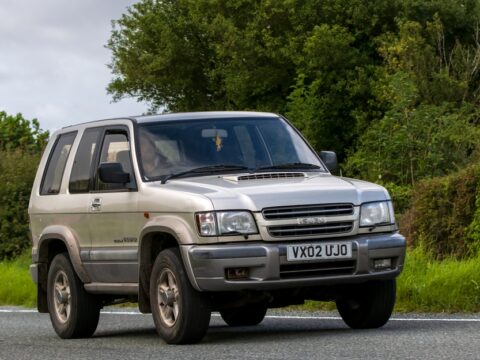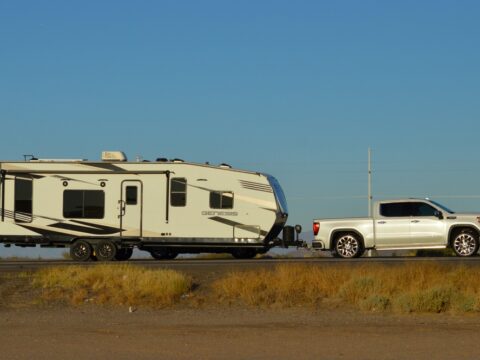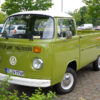As the world transitioned from the carefree spirit of the 1970s into the era of excess in the 1980s, the automotive world mirrored this cultural shift with its own revolution. Car design and technology soared into a new era, fueled by technological advancements and changing consumer tastes.
Contents
BMW M3 (E30) (1986-2018; 2020-Present)
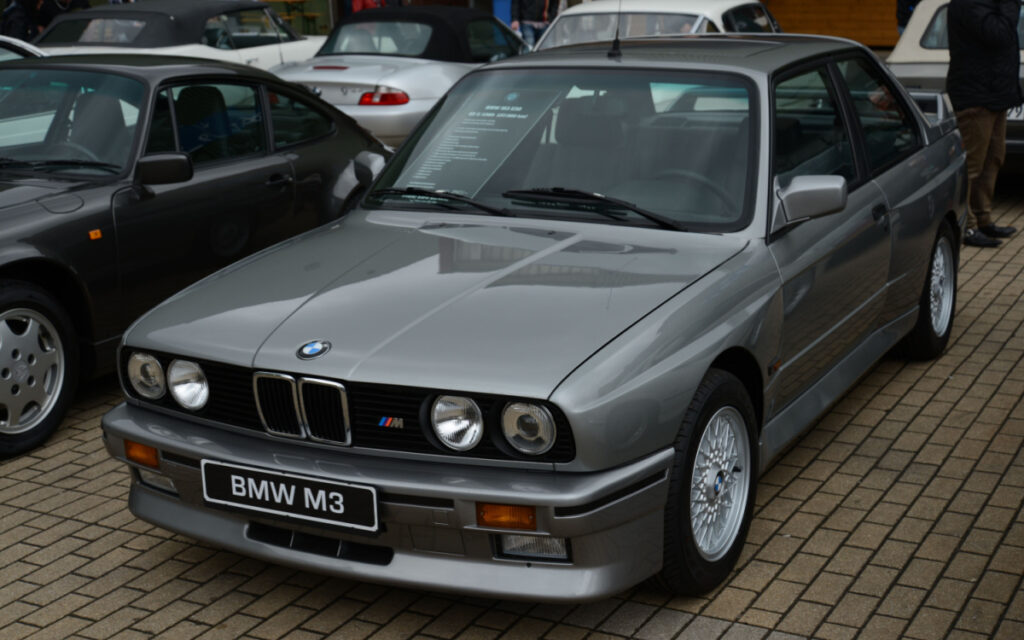
The original M3, the E30, is still considered by many to be the best. It featured a high-revving 4-cylinder engine, rear-wheel drive, and balanced handling. Its motorsport pedigree, distinctive box-flared wheel arches, and understated elegance make it a timeless classic and a true driver’s car.
Ferrari F40 (1987-1992)

Introduced in 1987, the F40 was the last car Enzo Ferrari personally approved. Designed with racing in mind, it was stripped down to the essentials for maximum speed; the F40 was the first production car to reach 200 mph. It remains an iconic symbol of Ferrari’s racing pedigree.
Audi Quattro (1980-1991)
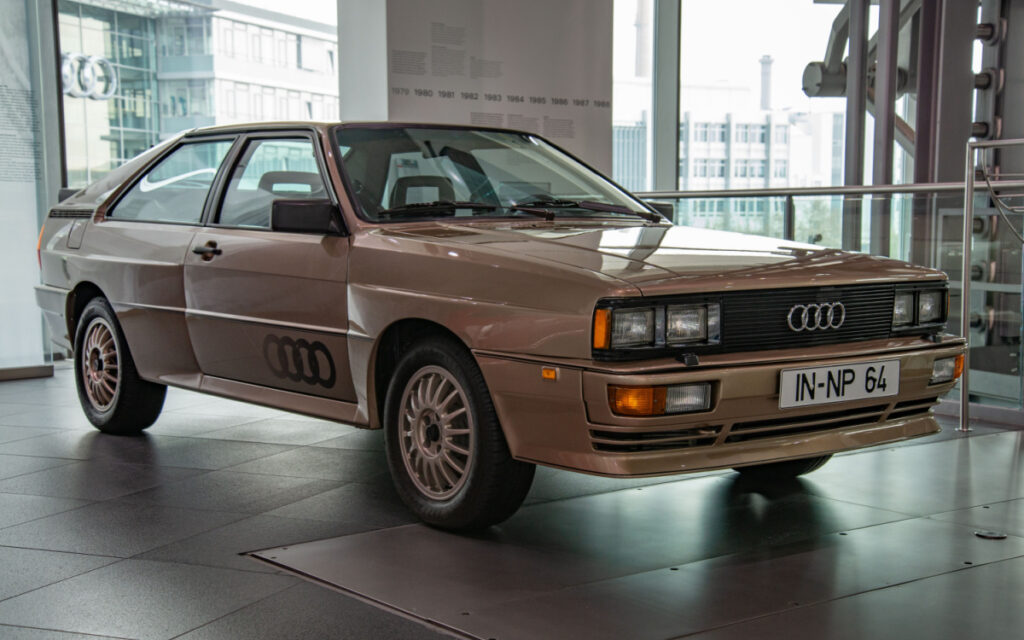
The Audi Quattro revolutionized rallying by introducing four-wheel drive, transforming the sport forever. It proved so dominant in the early 1980s that it led to a change in rallying regulations. The Quattro also brought the concept of a four-wheel drive into the mainstream for passenger cars.
Porsche 959 (1986-1993)
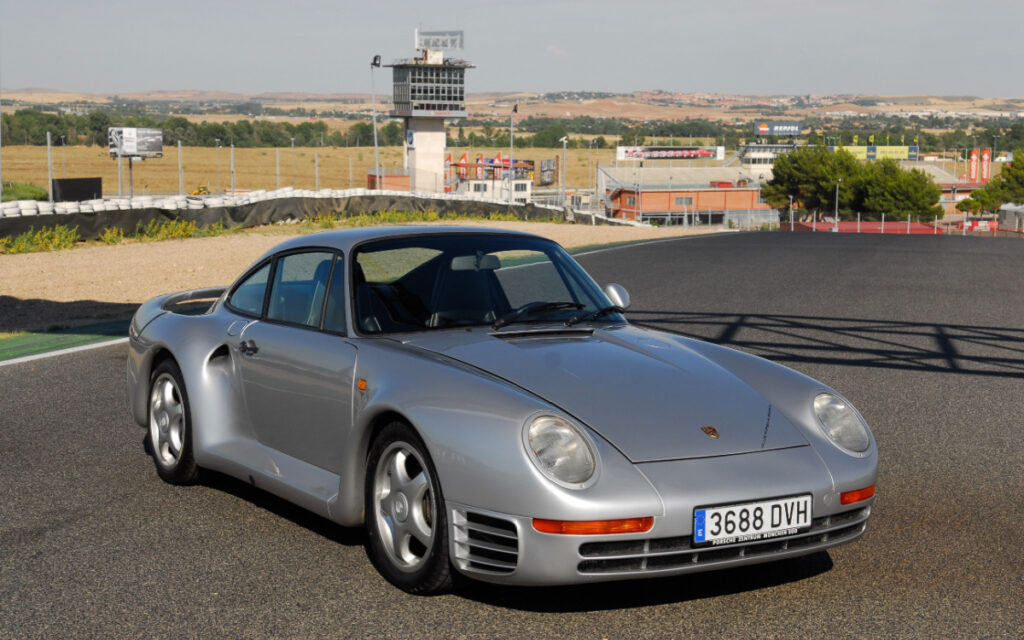
This technological marvel was essentially a race car built for the road, introducing innovative features such as adjustable suspension and a sophisticated all-wheel-drive system. It was one of the fastest street-legal production cars released, making it a poster car for a generation.
Honda CRX (1983-1991)
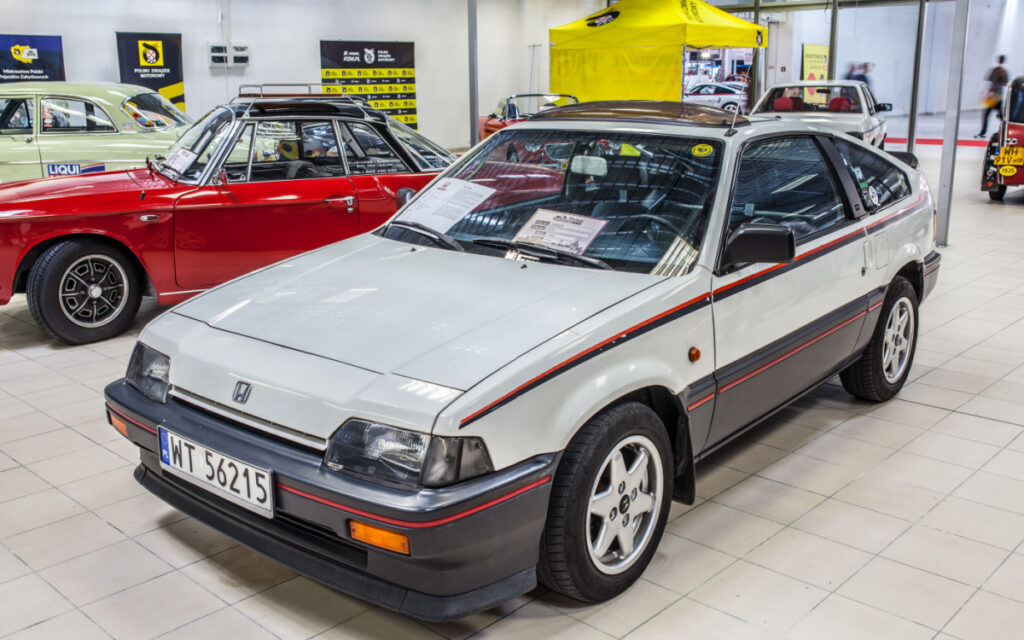
The Honda CRX combined fun, sporty handling with impressive fuel efficiency, a combination not common at the time. It was also affordable, making sporty driving experiences accessible to a broad audience.
Ford Mustang (Third Generation) (1979-1993)
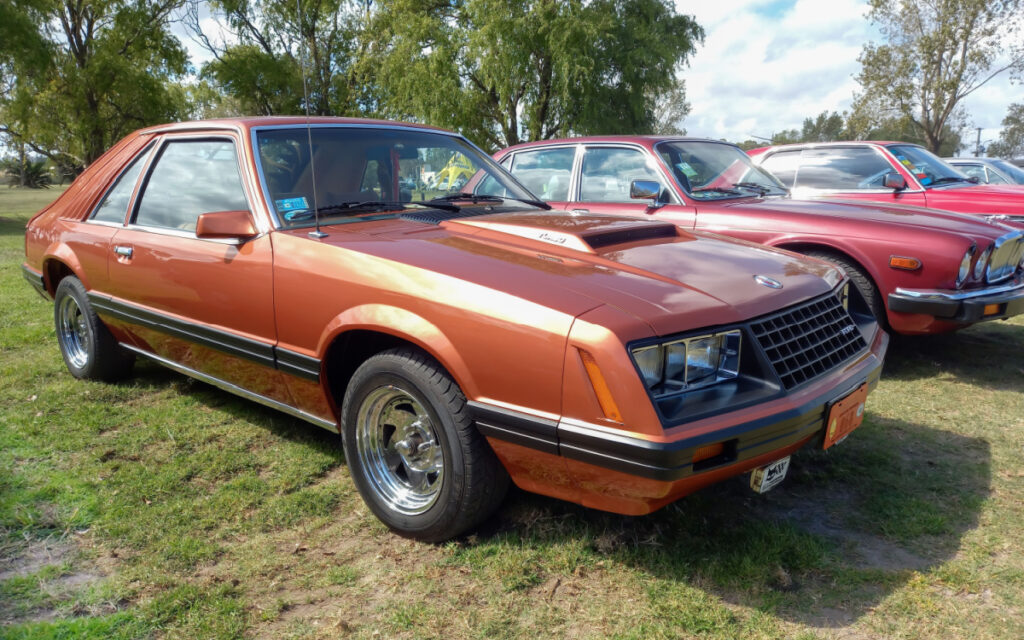
The 1980s saw the resurgence of performance in the American auto industry, and the third-generation Mustang was a prime example. With its V8 engine and affordable price, it brought performance back to the masses and helped reignite the American muscle car era.
Volkswagen Golf GTI MK2 (1983-1992)
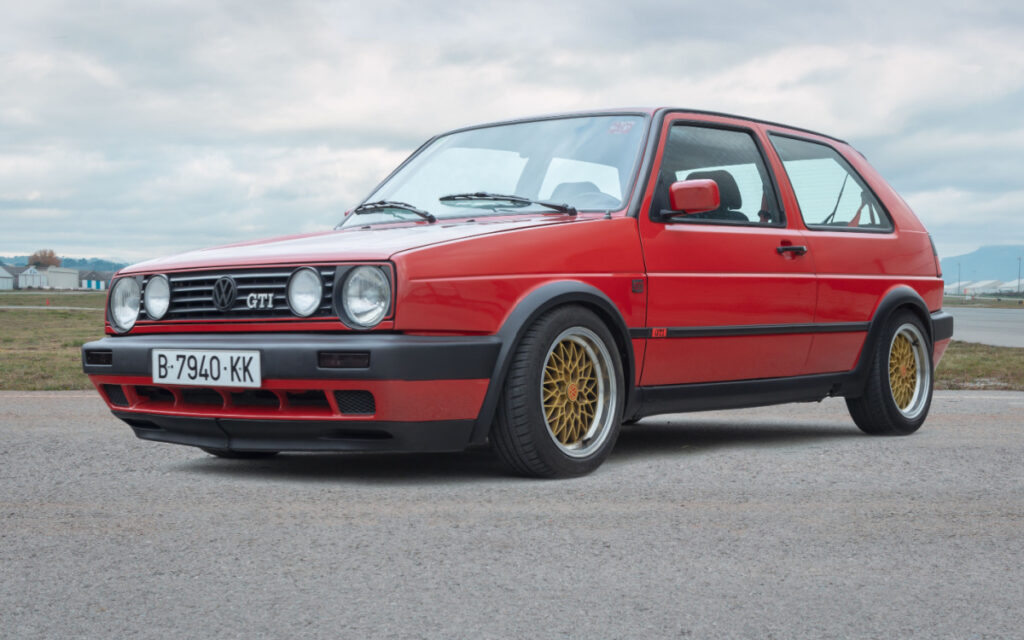
The Golf GTI MK2 was the second generation of the car that invented the “hot hatch” category. It combined the practicality of a hatchback with performance and handling that could rival much more expensive sports cars.
Mercedes-Benz W126 S-Class (1979-1991)
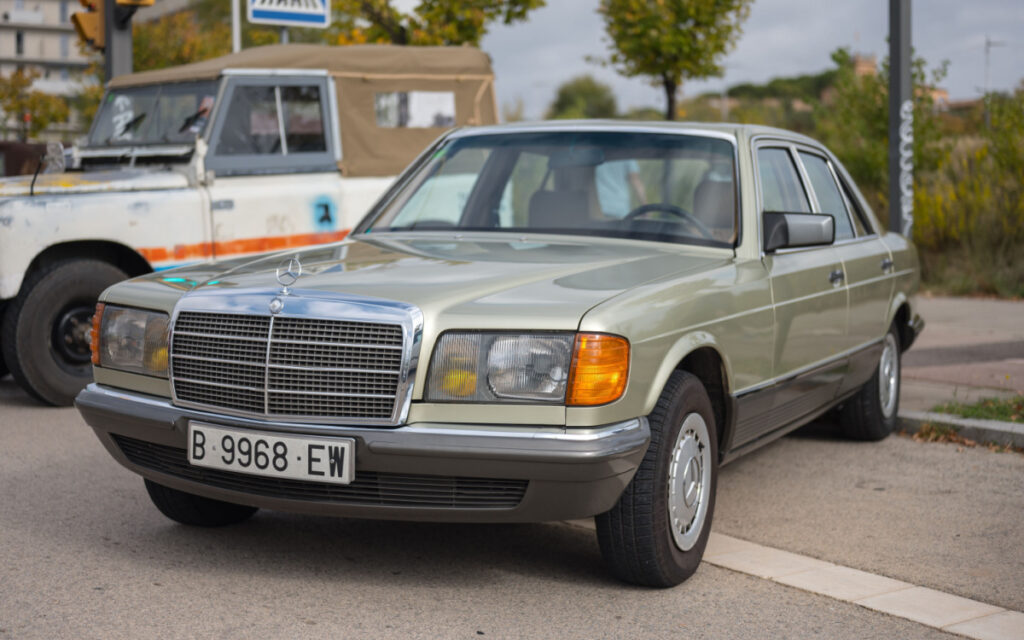
The W126 S-Class introduced in the ’80s set a new standard for luxury cars. Its focus on safety, comfort, and advanced features, like the first seatbelt pretensioners, made it a benchmark for future luxury sedans.
Lamborghini Countach (1974-1990)
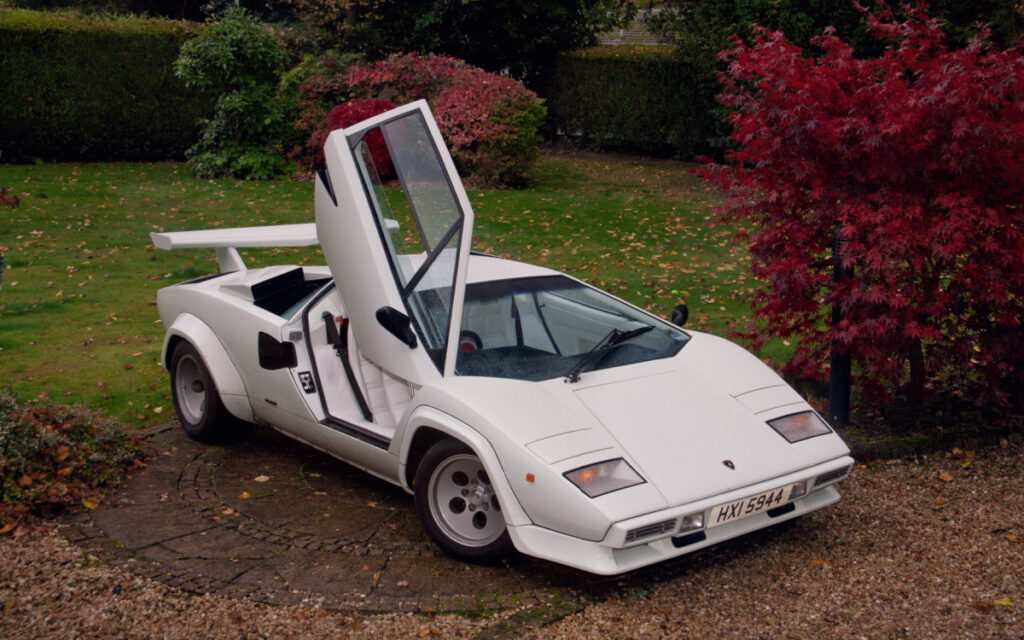
The Countach is one of the most distinctive supercars of the 1980s. Its wedge-shaped design, scissor doors, and roaring V12 engine made it an icon of automotive design.
Toyota AE86 (1983-1987)

Known for its role in the “Initial D” manga and anime series, the AE86 Corolla became a favorite among car enthusiasts for its lightweight design, rear-wheel-drive layout, and tunability. It’s highly respected in drifting circles.
Volvo 740 (1984-1992)
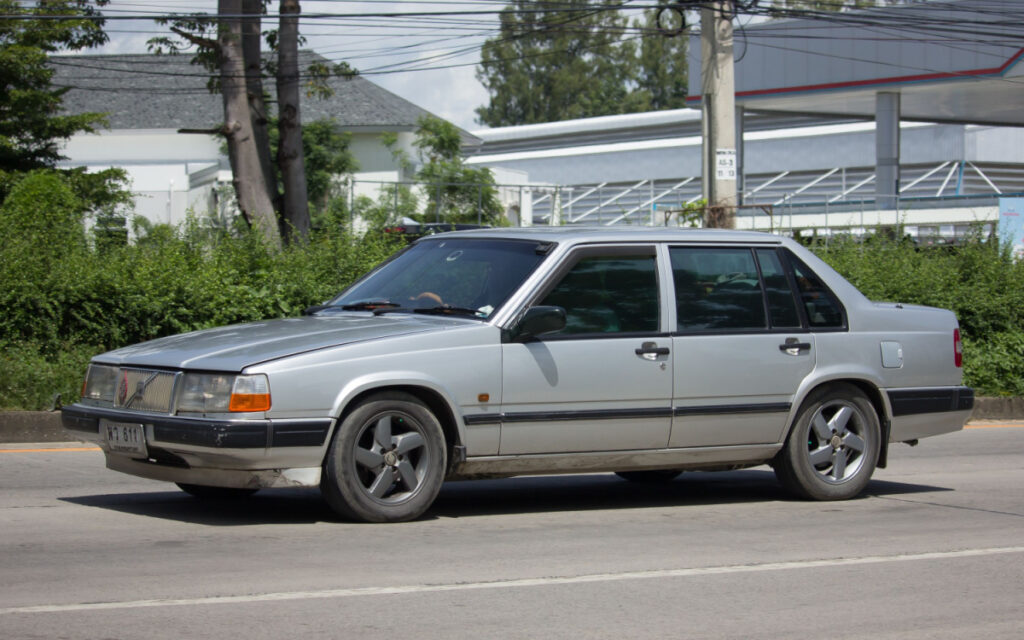
Known for its boxy design, the 740 was built with Volvo’s reputation for safety and durability. Its spacious interior and robust build made it a favorite among families worldwide.
Chevrolet Camaro IROC-Z (1985-1990)
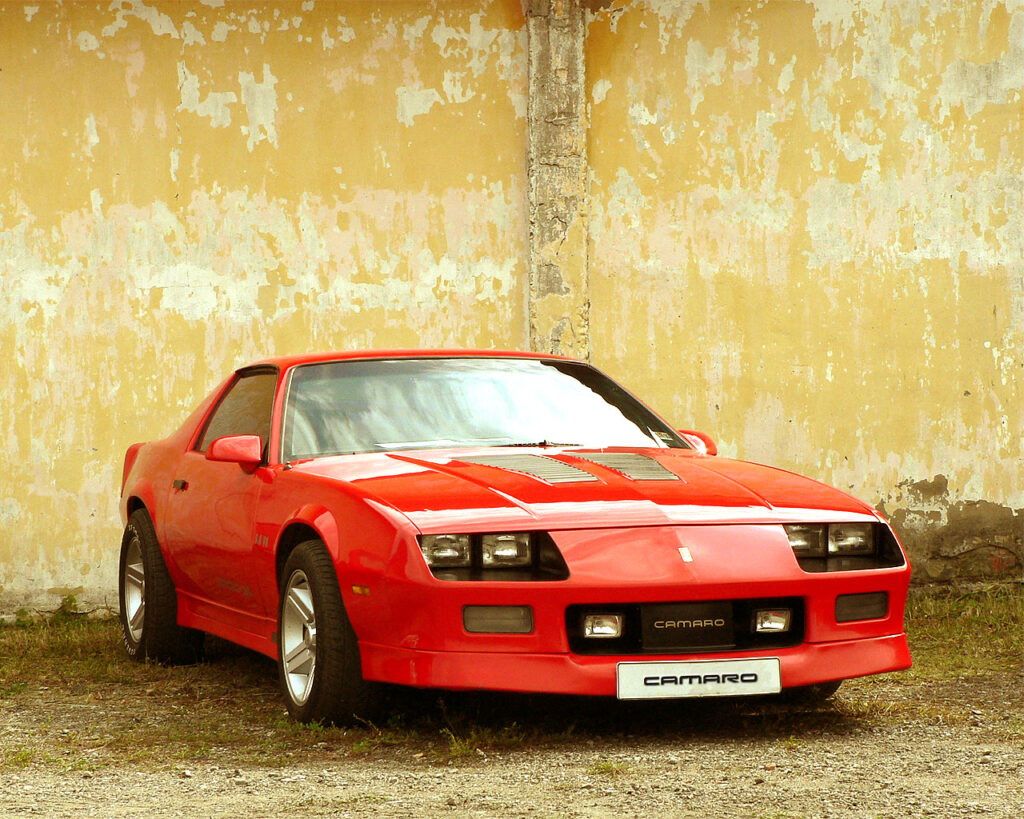
The Chevrolet Camaro IROC-Z, introduced in the mid-1980s, epitomized American muscle car culture with its aggressive styling, powerful V8 engine, and performance-tuned suspension. Named after the International Race of Champions, it featured aerodynamic body kits, a lower stance, and distinctive graphics that made it stand out. Its blend of raw power, sporty aesthetics, and affordability helped it become a symbol of youthful rebellion and automotive passion in the 1980s.
Ferrari Testarossa (1984-1991)
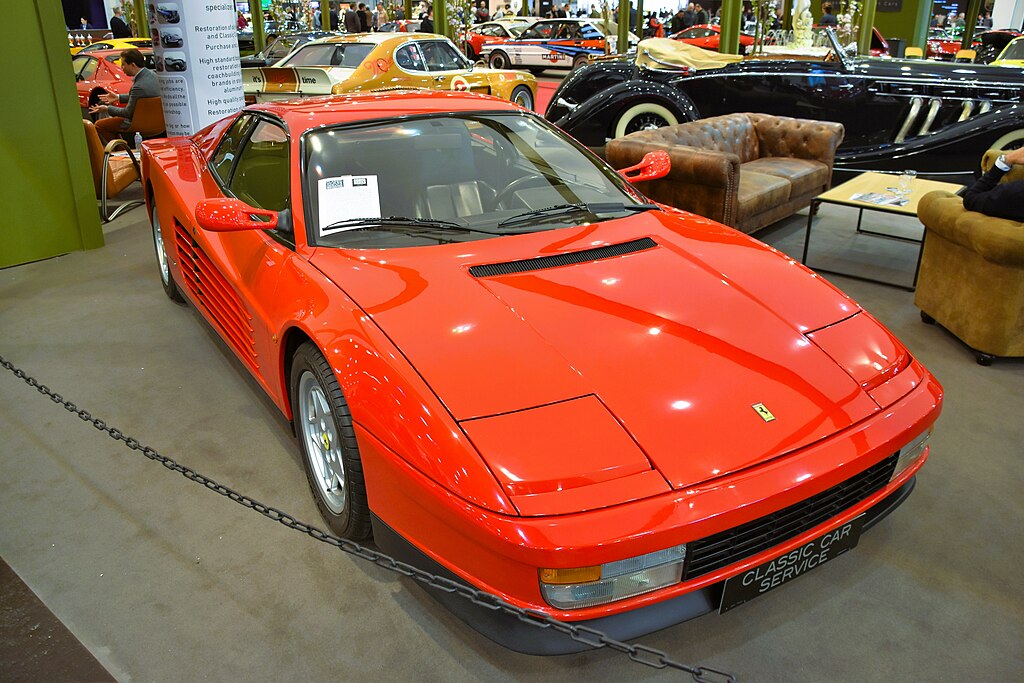
The Ferrari Testarossa, unveiled in 1984, became an icon of 1980s excess and style. With its striking side strakes and wide stance, the Testarossa was instantly recognizable. Its 12-cylinder mid-engine offered thrilling performance, and its appearance in popular culture, including television shows like “Miami Vice,” cemented its status as a symbol of luxury, power, and prestige.
Peugeot 205 GTI (1984-1994)
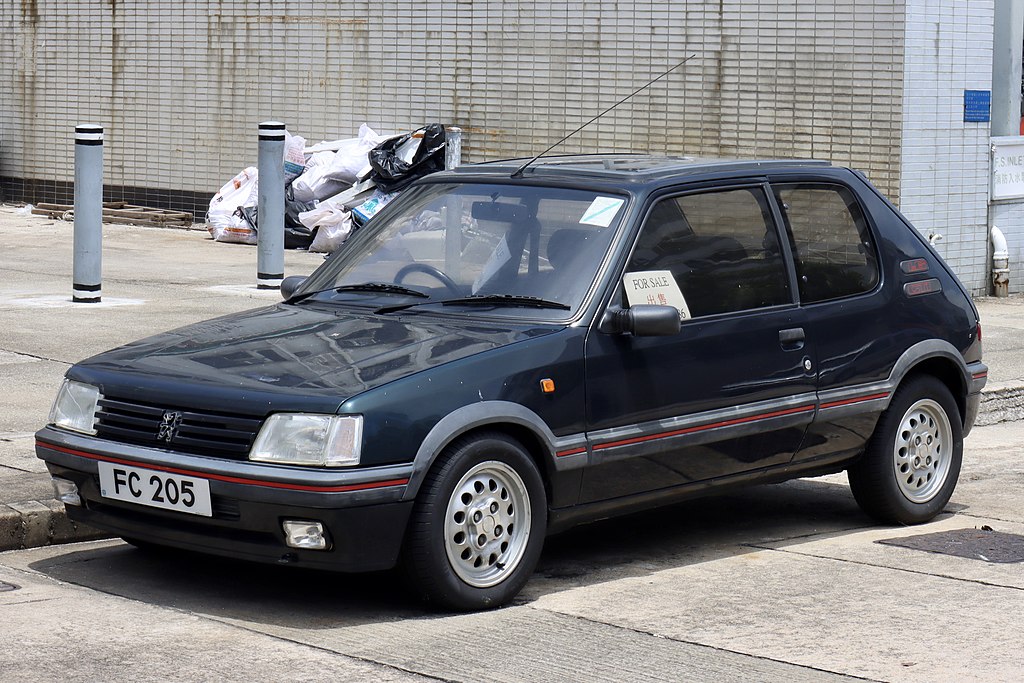
The Peugeot 205 GTI is often hailed as one of the greatest hot hatches of all time, with its introduction in the early ’80s. It was lauded for its exceptional handling, light weight, and peppy performance, making it a favorite among driving enthusiasts. The 205 GTI combined practicality with sporty performance, making it an icon of its era and a beloved classic among collectors.
Nissan 300ZX (Z31) (1983-1989)
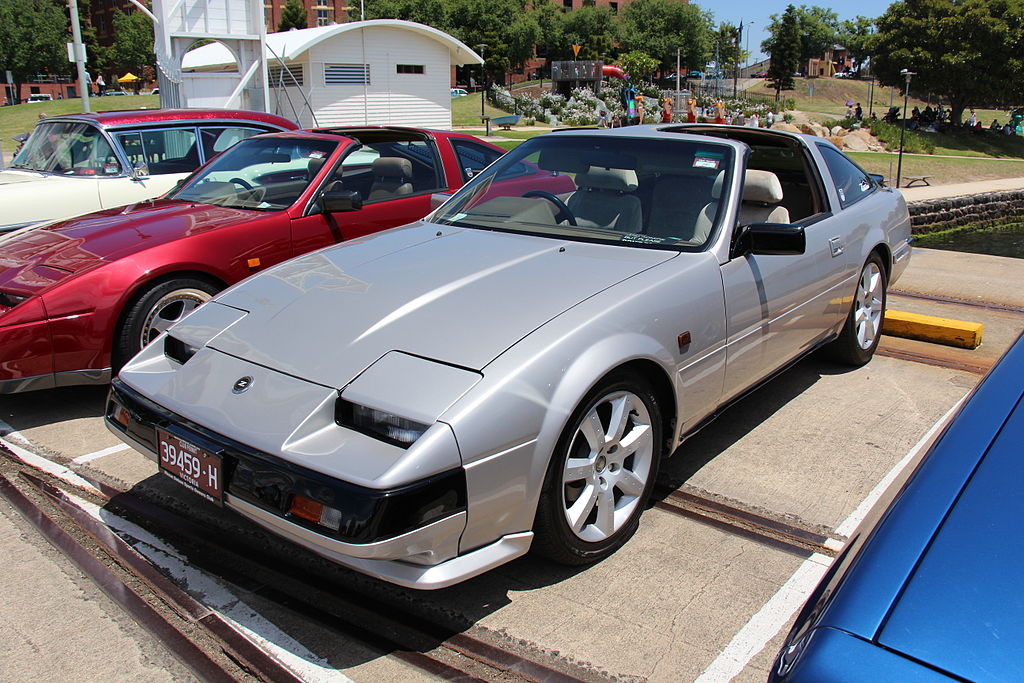
The Nissan 300ZX, especially the Z31 model of the 1980s, stood out for its advanced technology, including digital displays and a V6 engine that balanced performance and efficiency. Its sleek, aerodynamic design and comfort features made it a popular choice for those seeking a sophisticated sports car experience, blending performance with luxury in a way that was ahead of its time.
Alfa Romeo Spider (Series 3) (1983-1990)
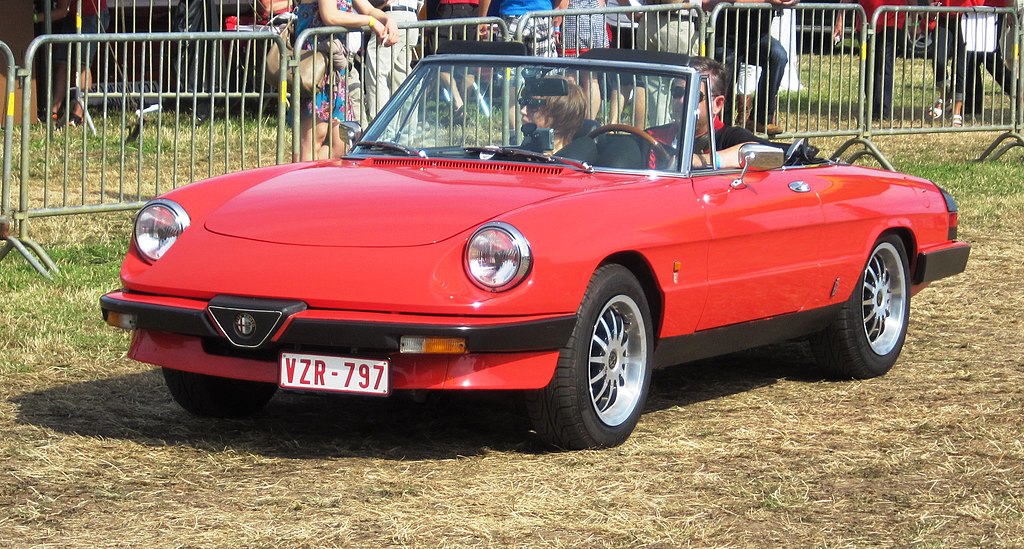
The Alfa Romeo Spider Series 3, which continued through the 1980s, captured hearts with its classic Italian design and open-top driving experience. Its distinctive Pininfarina styling, with the famous “rubber ducktail” rear spoiler, combined with the enjoyable handling and peppy engine, made it a favorite among those who valued style and driving pleasure, embodying the spirit of Italian motoring.
Mazda RX-7 (1978-1985; 1985-1991)
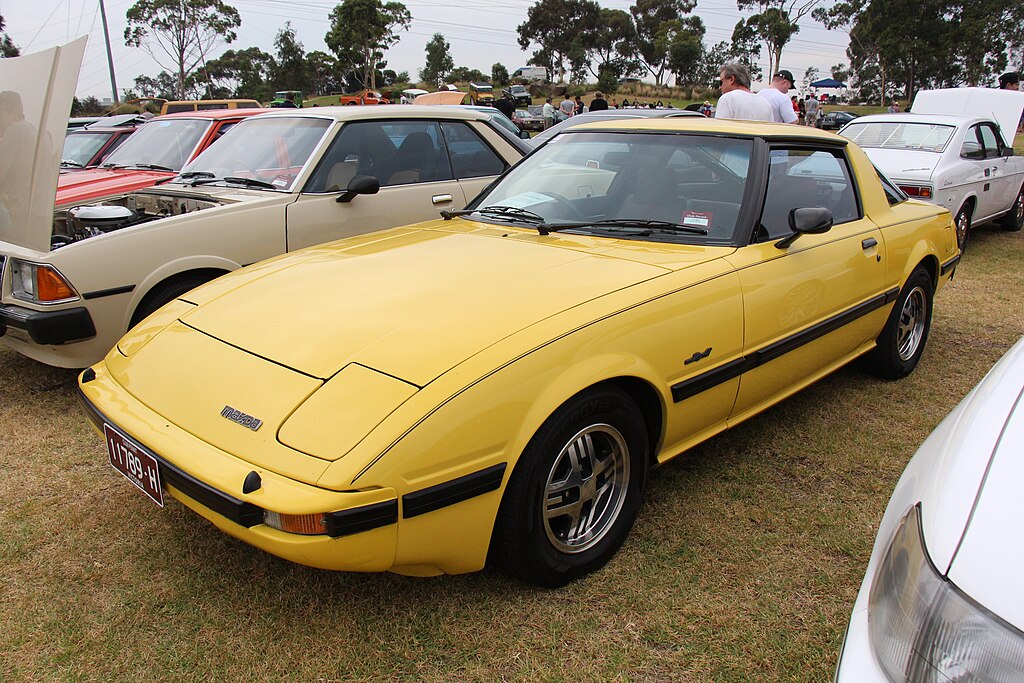
The Mazda RX-7, particularly the first and second generations in the 1980s, became legendary for its unique rotary engine, lightweight, and superb handling. Its sleek, sporty design and affordable price made it a popular choice among sports car enthusiasts, and its success on the racing circuit added to its reputation as a performance car icon.
Jaguar XJ-S (1975-1996)
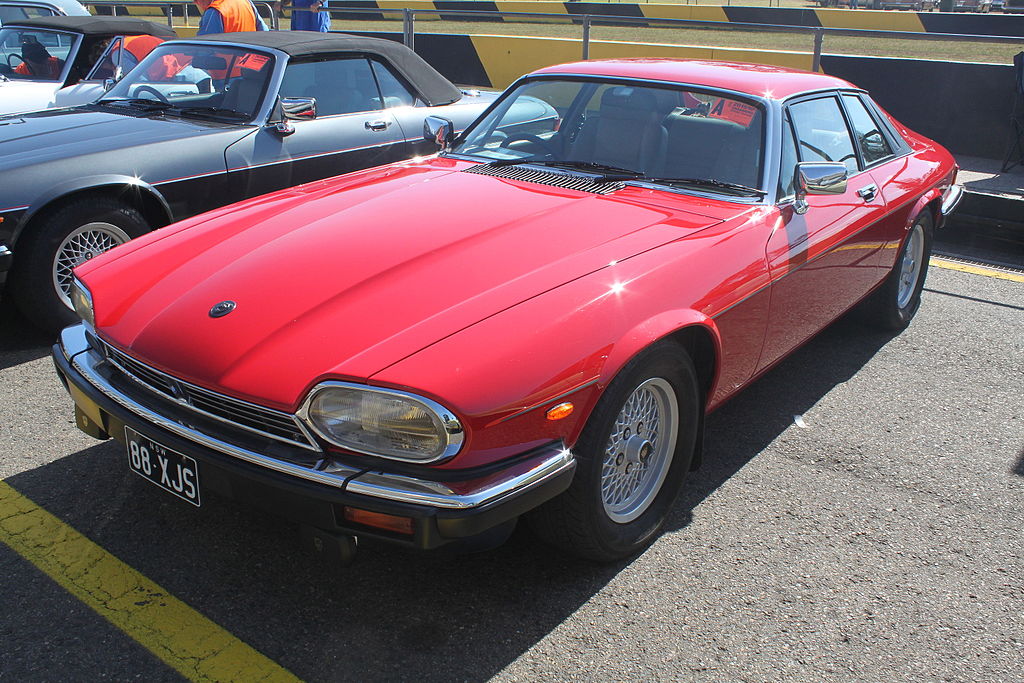
The Jaguar XJ-S, which replaced the iconic E-Type, was known for its luxury and grand touring capabilities. With its V12 engine, sophisticated design, and refined interior, the XJ-S offered a blend of performance and luxury that appealed to a discerning clientele, making it a symbol of British automotive elegance in the 1980s.
Saab 900 Turbo (1978-1993)
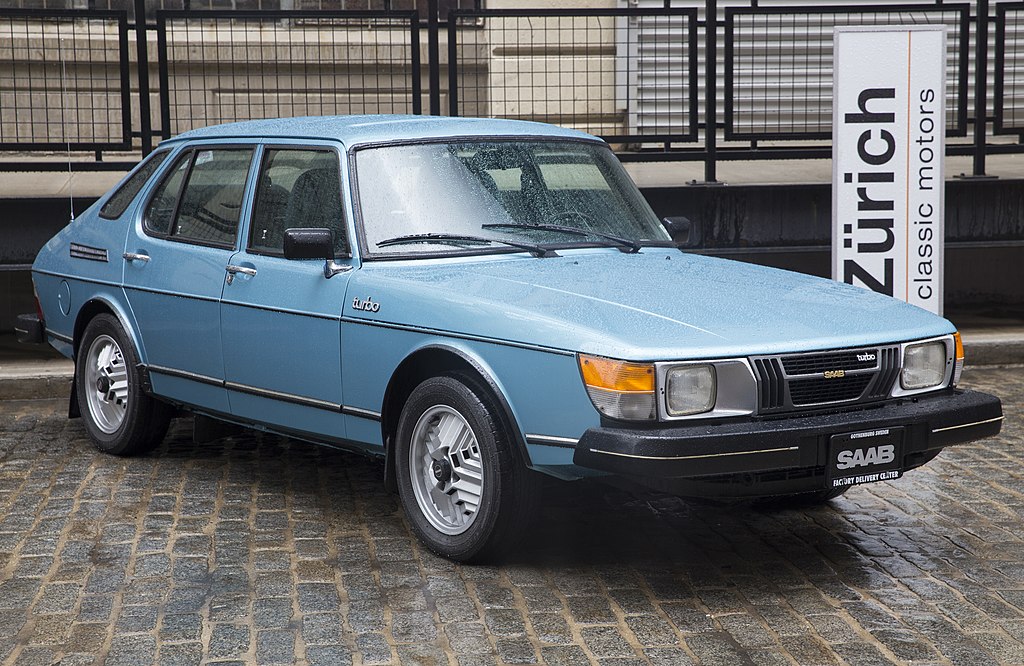
The Saab 900 Turbo became iconic for its distinctive design, including its curved windshield and hatchback silhouette, and its turbocharged engine, which offered performance ahead of its time. Its reputation for safety and durability, along with its unique front-wheel-drive layout, made it a popular choice for those seeking a practical yet sporty vehicle, and it became synonymous with Saab’s innovative approach to car design.
This article originally appeared on MyCarMakesNoise.
More from MyCarMakesNoise
21 of the Coolest German Muscle Cars Ever Built

Explore the pinnacle of German engineering through a collection of the most remarkable muscle cars to come out of Germany. These vehicles stand out for their exceptional performance, innovative design, and significant influence on the automotive landscape. Read More.
22 Economical Car Maintenance Tips You Need to Know

Maintaining your car efficiently and affordably is simpler than it seems. Seasoned auto mechanics provide invaluable tips to keep your vehicle in top shape without breaking the bank. Read More.
15 Unnecessary Car Features That Will Empty Your Wallet

When buying a new car, the allure of cutting-edge features and luxury add-ons can be strong. However, many of these enticing extras not only increase the initial purchase price but also lead to higher maintenance costs. Read More.


